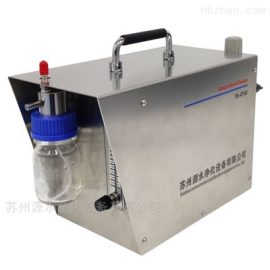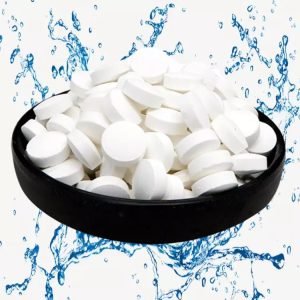
Aerosol Generator: A Comprehensive Review of Design, Applications, and Performance

# Aerosol Generator: A Comprehensive Review of Design, Applications, and Performance
Aerosol Generator: A Comprehensive Review of Design, Applications, and Performance
Aerosol generators are essential devices in various scientific, industrial, and medical fields. They are designed to produce fine particles or droplets suspended in a gas, commonly air, which are referred to as aerosols. This article provides a comprehensive review of the design principles, applications, and performance metrics of aerosol generators.
Design Principles of Aerosol Generators
The design of an aerosol generator is critical to its performance and suitability for specific applications. There are several types of aerosol generators, each with unique mechanisms for producing aerosols:
- Nebulizers: These devices use ultrasonic vibrations or compressed air to break liquid into fine droplets.
- Electrospray Generators: These utilize an electric field to create charged droplets from a liquid.
- Condensation Generators: These generate aerosols by condensing vapor onto nuclei, forming droplets.
- Atomizers: These devices use mechanical force to disperse liquid into fine particles.
Each design has its advantages and limitations, making it suitable for specific applications. For instance, nebulizers are commonly used in medical applications for drug delivery, while electrospray generators are preferred in research settings for their ability to produce highly uniform particles.
Applications of Aerosol Generators
Aerosol generators have a wide range of applications across different fields:
- Medical: In respiratory therapy, aerosol generators are used to deliver medications directly to the lungs. They are also employed in diagnostic procedures and research studies involving lung function.
- Industrial: In industries such as pharmaceuticals, food processing, and cosmetics, aerosol generators are used for coating, spraying, and disinfection purposes.
- Environmental: Aerosol generators play a crucial role in atmospheric research, air quality monitoring, and climate studies by simulating natural aerosols.
- Research: In laboratories, aerosol generators are used to study particle behavior, aerosol dynamics, and the effects of aerosols on health and the environment.
Performance Metrics of Aerosol Generators
The performance of an aerosol generator is evaluated based on several key metrics:
- Particle Size Distribution: The range and uniformity of particle sizes produced by the generator.
- Output Rate: The quantity of aerosol produced per unit time.
- Stability: The consistency of aerosol production over time.
- Efficiency: The ratio of the mass of aerosol produced to the mass of the input material.
- Controllability: The ability to adjust and control parameters such as particle size, concentration, and flow rate.
These metrics are crucial for determining the suitability of an aerosol generator for a specific application. For example, in medical applications, a narrow particle size distribution is essential to ensure effective drug delivery to the lungs.
Conclusion
Aerosol generators are versatile devices with a wide range of applications in medicine, industry, environmental science, and research. Understanding the design principles, applications, and performance metrics of these devices is essential for selecting the right generator for a specific task. As technology advances, we can expect further improvements in the efficiency, controllability
Keyword: Aerosol Generator




